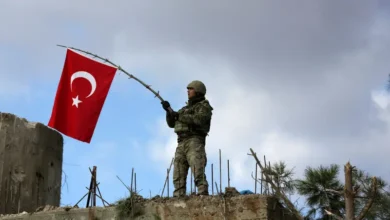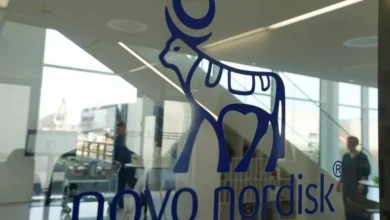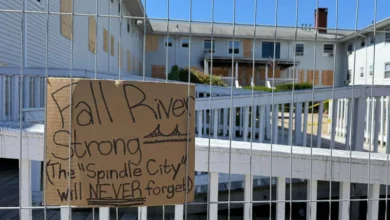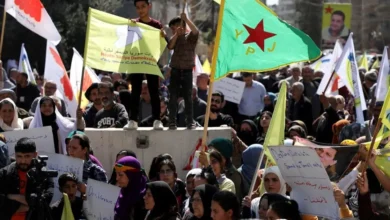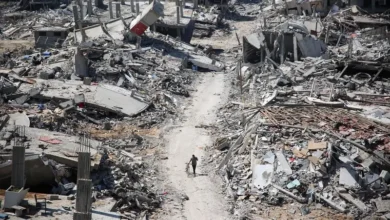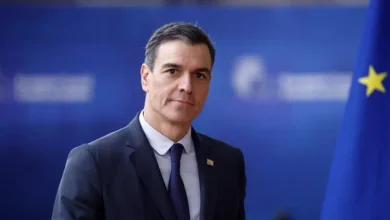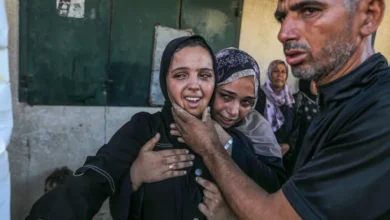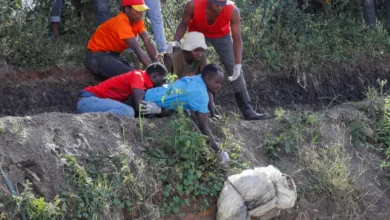‘Outlaws’: Morocco’s Rif provides refuge for cannabis farmers
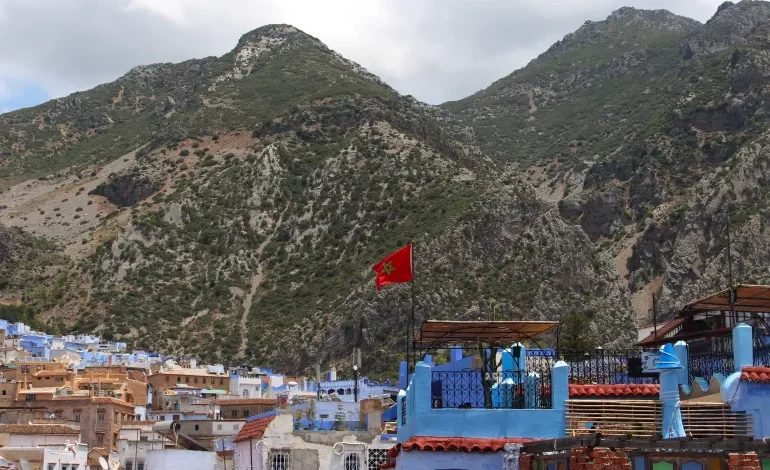
On the steps of the Spanish Mosque, tourists and locals are smoking kif, a mixture of cannabis and tobacco, while admiring the view of Morocco’s famous “Blue City” in the northern region of the Rif.
For centuries, the mountains of the Rif, which extends from the city of Tangier up to the eastern border with Algeria, have been a centre of cannabis farming. Morocco is to this day the biggest producer of cannabis resin in the world, according to the United Nations.In front of the mosque, Mourad*, a father of six children in his 40s, watches the groups of tourists to see if they might be customers for the drug he has been producing in the countryside for almost 20 years.
“After the independence of Morocco, the hippies came to the mountains and taught us how to harvest the cannabis plants into cannabis resin [hashish],” Mourad says. “Personally, I learned from my family and from my friends.”
When someone agrees to buy his product, Mourad goes down the hill and hides behind bushes to avoid the stares of passers-by and finalise the deal. Cannabis is widespread in the region, but its sale for recreational use remains illegal, and those found guilty – both buyers and sellers – may be imprisoned.
But a slow liberalisation is taking place. In July 2021 in an effort to improve the economy of one of the poorest regions in Morocco, the kingdom decided to officially approve a bill legalising the production of cannabis for industrial, medicinal and cosmetic uses in the three provinces of the Rif while also creating a National Regulation Agency for Cannabis Activities (ANRAC) to monitor the production of legal cannabis.“Official representatives came to the village in March to discuss the new bill with us and take the names of the people who might be interested,” Mourad says. “For my part, I do not really know what I am going to do. If I am forced to switch to legal production, I will, but if most of my neighbours continue to produce cannabis illegally, I will do like them.”
“Of course, I don’t like living in fear, and I would rather have a legal activity. At the same time, I honestly don’t think most farmers are going to follow the bill because we don’t feel like it will benefit us. But I am aware this might be my last year producing cannabis illegally. For my own sake, I will probably have to switch to legal production soon,” he adds.
A restive region
As night falls, Mourad leaves the modest house he built after getting married and climbs higher into the mountains to reach a second cannabis plantation that he owns. He sleeps there every night to make sure no one comes to steal his precious commodity.
In the Rif, economic opportunities are indeed more limited than the rest of the country due to the mountainous geography and historically difficult ties with the state. Those issues led in 2016 to the Hirak Rif Movement, popular uprisings that called for socioeconomic reforms, before being ultimately clamped down on by security forces.Since the establishment of the Republic of the Rif by Abdelkrim Khattabi in 1921 as well as popular and military uprisings against the monarchy after independence, the Rif people have been perceived as hostile towards the Moroccan state. Many feel they have not benefitted from Morocco’s economic development, and more infrastructure, schools and job opportunities were three core demands of the 2016 protest movement.
According to figures given by the Ministry of Interior to the Agence France-Presse news agency in 2013, at least 700,000 people, including 90,000 families, lived off the production of cannabis in Morocco.
